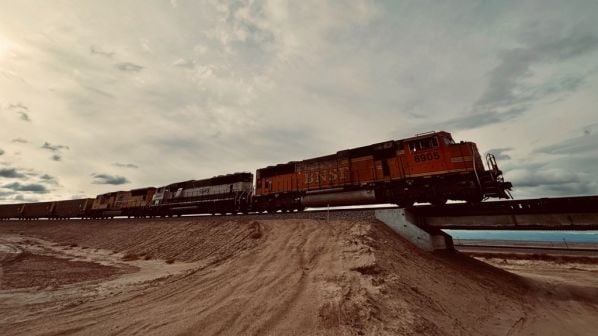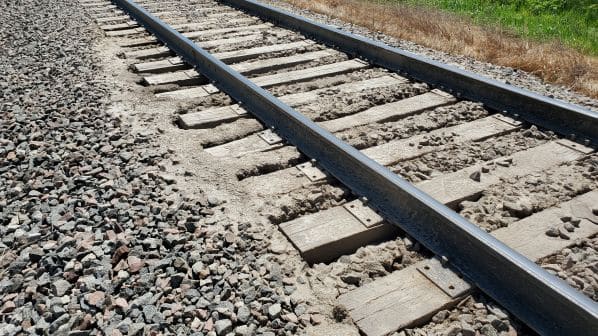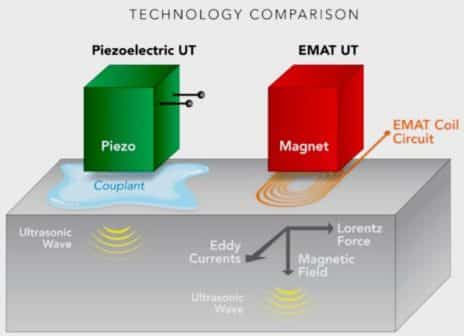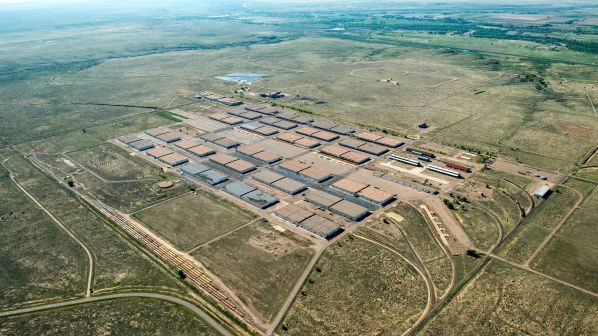ON March 20 MxV Rail announced the completion of a new test loop at the research and test centre that it operates in Pueblo, Colorado, for its parent, the Association of American Railroads (AAR).
The new 4.5km loop has been built to support the Facility for Accelerated Service Testing (Fast), which enables rolling stock and infrastructure to be tested by the subjecting them to 127 million gross tonnes or more of heavy axleload traffic a year.
MxV says that testing at Fast is important component of AAR’s Strategic Research Initiatives programme to test new technology in a real-world freight railway environment.
Over 30 research and test projects are now underway at Fast. Work includes:
- developing new technology to detect defective wheels and broken rails
- testing the safety and longevity of new metallurgical formulations and processing techniques for wheels and rail from suppliers around the world
- monitoring the performance and stability of new track structure through frequent assessment of strength, movement and loading
- comparative assessment of the ability of different types of sleeper and rail fastening systems to resist rail rollover and mitigate the risks of track buckling, and
- testing the safety and longevity of new designs of bridge deck components.
AAR and the United States Federal Railroad Administration (FRA) jointly developed the original Fast design requirements in 1975. MxV Rail says that the design of the new loop was discussed with the rail industry to ensure that it will be able to support innovation well into the future.
The new loop has capabilities similar to its predecessors, including the ability to balance efficient tonnage accumulation and rail temperature while maintaining a test speed of 64km/h.
It also features a reduced number of curves to provide a longer section of straight or tangent track, and a longer and sharper reverse curve. This has a radius of 6°, designed to increase the rate of wear, while allowing more rail to be tested at any given time.
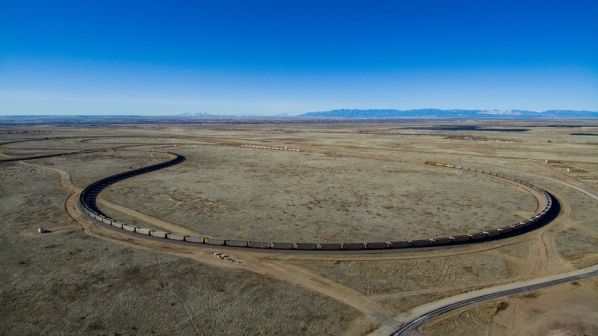
The new loop has not adopted a figure of 8 configuration, MxV Rail says, as this would not provide sufficient tangent track within the desired total loop distance to cover the range of curvature required by industry, nor an unlubricated curve for testing rail wear. The new loop meets these requirements and enables lubrication conditions on one curve to be adjusted independently from the rest of the track.
Other design enhancements include the ability to stable and turn the train on a balloon loop within the main operating loop, and reducing the number of mainline turnouts. MxV Rail says that the new loop is more practical and user-friendly for operating and research teams conducting tests at Pueblo.
The new loop has been fitted with commercial trackside systems for measuring bearing and wheel temperatures and detecting dragging equipment, as well as a custom rail break detection system.
Bogie performance detectors have been combined with measurement of longitudinal rail stress and rail temperature to monitor both rail and rolling stock performance.
“This could be the most impactful 4.5km of track in the industry in terms of advancing science and technology in railroading,” says Ms Kari Gonzales, MxV Rail president and CEO.
“We’re grateful to our Class I advisors and industry suppliers who helped us work through the design and construction process to make these world-class engineering capabilities available to the global rail industry.”
“For nearly 40 years the Fast operation has assisted the railroad industry in developing products and processes that enhance safety and efficiency,” says Mr Mike Gilliam, senior director of assessment and technology at Union Pacific (UP).
“I look forward to the opportunities the new facility will bring. The thoughtful and intentional construction will continue to provide benefits to the industry for years to come.”
